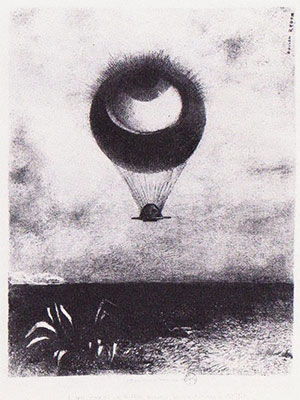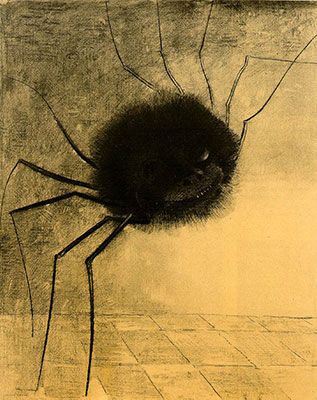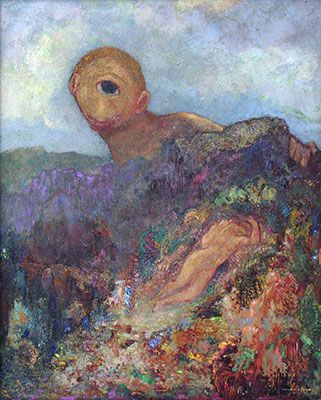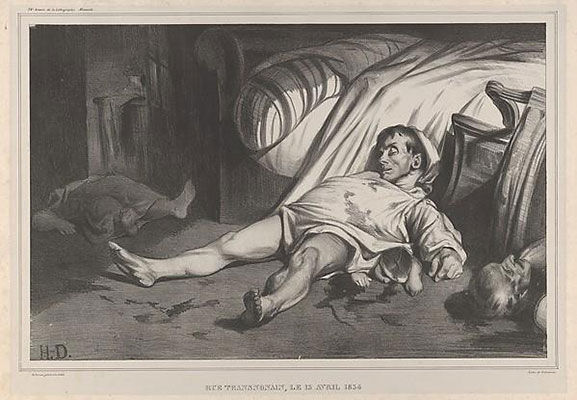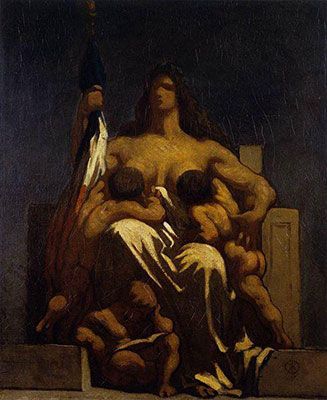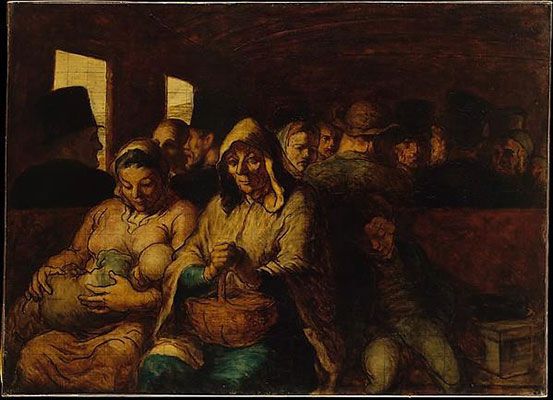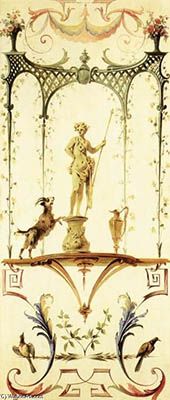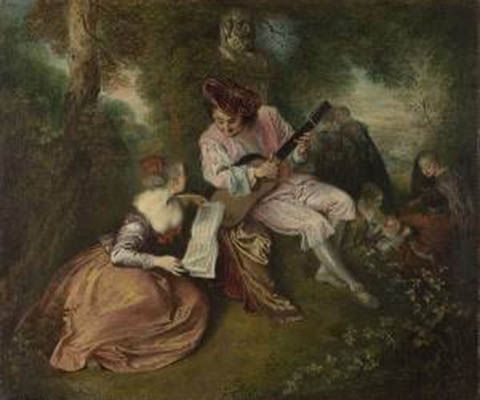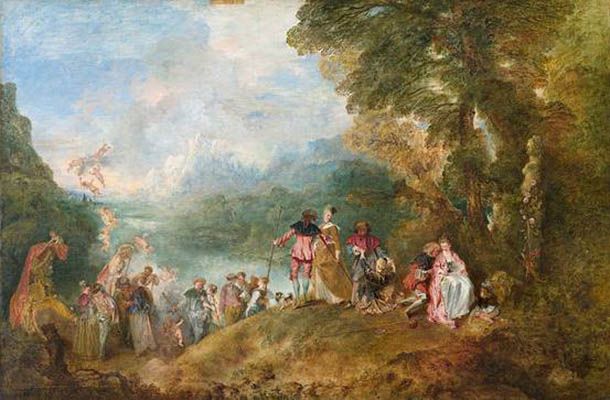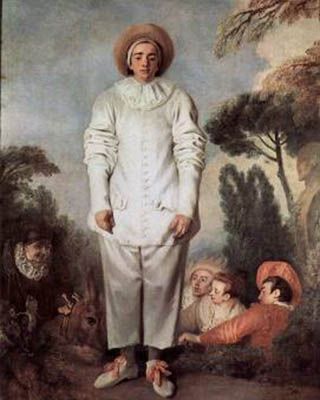A French, Fauvist artist born 1877, June 3rd. He attended Les Fauves and is known for his colourful decorative style. Dropping out of school at 14 to work, picking up school again at the age of 18 taking night classes at a municipal art school.

1929
Inspired by Cezanne and Matisse he flattened and deconstructed leisurely scenes.

Léda et le cygne,
1926
African mask and Ukiyo-e influences are prominent in this piece and it happens to be one of my favourite of his. I’m especially fond of his more detailed figures as the loose simplicity of his work makes him stand out among his peers.

Le grande Baigneuse (The Large Bather),
1928
The beautiful decoration of the scene depicted contrasts the contorted plain figure. His work is stunning and ahead of his time inspiring great artists such as Carlos Nadal.
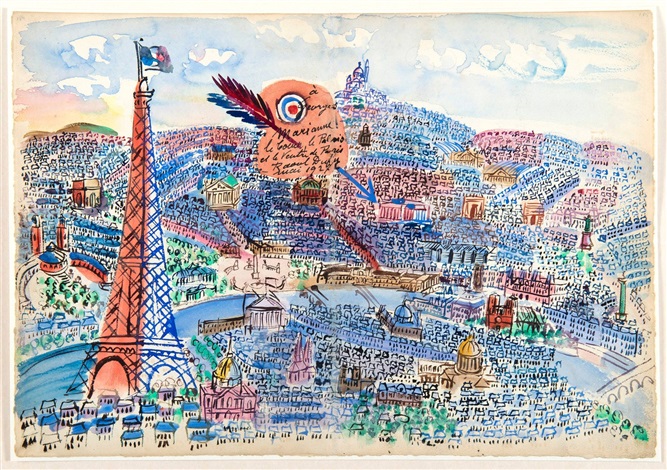
Le Coeur, le Palais et le Ventre de Paris,
1924

Vue d’un édifice à Nice,
1954

